Author Post: Why I Changed My Mind about the Death Penalty
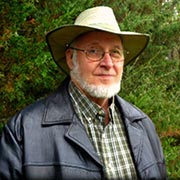 John T. Thorngren, author of Salvation on Death Row: The Pamela Perillo Story, writes about the experiences that caused him to change his thinking about capital punishment and undertake the process of telling the true story of life on Death Row in Texas.
John T. Thorngren, author of Salvation on Death Row: The Pamela Perillo Story, writes about the experiences that caused him to change his thinking about capital punishment and undertake the process of telling the true story of life on Death Row in Texas.
Why I Changed My Mind about the Death Penalty
Although we may be merciful and compassionate in our hearts, there are instances to which we are ignorant—and therefore merciless by omission.
As an example, consider the sufferings of the inhabitants in Country X, of which we have no knowledge. We might have an inkling of their existence but no details on their plight nor means to help them. But closer to home, there are instances to which we are merciless by indifference, such as abortion or the death penalty. Indifference, in these cases, refers to those who have little or no concern about taking another’s life under special circumstances. Such special circumstances are ordained by the state and therefore not in their realm of interests.
And End to Indifference
Is omission worse than indifference? Is abortion worse than the death penalty? These are personal questions best answered by one’s direct experience. My indifference to the death penalty changed in a remarkable incident. When we moved to Shady Shores, Texas, I met a young man headed into the woods behind our house. I commented on his cap that had a cross on it and learned he volunteered to help the homeless in Denton, seven miles from us. He and his wife were renting a small mobile home nearby. Some years later they moved, and we kept up through Christmas cards and e-mail.
One day I received an e-mail from his then-ex-wife that “Jerry” was due for execution in another state for multiple homicides. How could this be? How could a professed Christian commit murder? I later learned that it was not Jerry, per se, but Jerry in an altered state under the influence of drugs. Jerry received a stay of execution while his appeals ground through the slow legal process, the limbo between life and death. They are ongoing. Jerry and I agreed to write his painful story in hopes that it might help others, but shortly into this effort, he realized that such information might endanger his appeals, so we placed the project on hold.
Feeling Called to Act
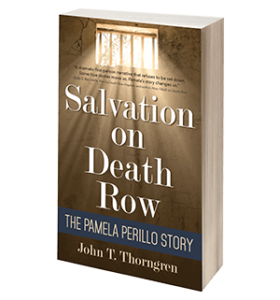 Still, I felt I needed to do something on behalf of all of those on Death Row, for we all have a purpose for our lives and the state should not take a life in revenge. Starting with a fictional heroine, condemned to lethal injection, I would create the great American novel about the injustice of the death penalty. But I needed some authentic background on the actual process. By divine chance, I found an old pen-pal request from Pamela Perillo, who had been on Texas Death Row and was still incarcerated at the Lane Murray Unit in Gatesville, Texas.
Still, I felt I needed to do something on behalf of all of those on Death Row, for we all have a purpose for our lives and the state should not take a life in revenge. Starting with a fictional heroine, condemned to lethal injection, I would create the great American novel about the injustice of the death penalty. But I needed some authentic background on the actual process. By divine chance, I found an old pen-pal request from Pamela Perillo, who had been on Texas Death Row and was still incarcerated at the Lane Murray Unit in Gatesville, Texas.
To that point, Pam had refused authors wanting to write her biography because they seemed transfixed on the sensational aspects of her life. But she and I discovered that we had a Christian match and a mutual purpose for sharing her story: to release but one person from the chains of drug addiction and subsequent imprisonment. Thus began our seven-year effort to create Salvation on Death Row: The Pamela Perillo Story.
And thus began my walk as a Christian—as a human—no longer mercilessly indifferent to the wrongs of the death penalty.
John T. Thorngren, a Texas writer and graduate of the University of Texas, has enjoyed a myriad of life experiences, working everywhere from basements to boardrooms. He is a songwriter published in Southern Gospel and an author of several patents, technical articles, and a nonfiction book on probability and statistics, in addition to Salvation on Death Row. John and his wife of more than five decades live in Shady Shores, Texas, on Lake Lewisville, where their livestock freely roam the grounds.

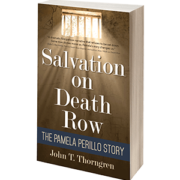

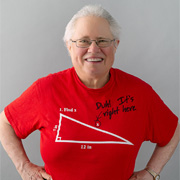 Barb’s ability to retain her sense of self no matter how many people were telling her she had to change. This is just one amazing aspect of her story. From her earliest years, she was told she shouldn’t draw traffic signals, she shouldn’t talk to buildings, she shouldn’t continue to pursue her own extremely creative method of dealing with the isolation life had dealt her. She resisted that pressure and held on to who she is. It cost her emotionally (and in other ways because of the drugs she was given as a child), but she did not lose who she is. And then, at the same time, she was constantly struggling with primary overarching questions: Why am I like I am? Why am I so different from everyone else that they refuse to accept me? And she never allowed that struggle to get the better of her.
Barb’s ability to retain her sense of self no matter how many people were telling her she had to change. This is just one amazing aspect of her story. From her earliest years, she was told she shouldn’t draw traffic signals, she shouldn’t talk to buildings, she shouldn’t continue to pursue her own extremely creative method of dealing with the isolation life had dealt her. She resisted that pressure and held on to who she is. It cost her emotionally (and in other ways because of the drugs she was given as a child), but she did not lose who she is. And then, at the same time, she was constantly struggling with primary overarching questions: Why am I like I am? Why am I so different from everyone else that they refuse to accept me? And she never allowed that struggle to get the better of her.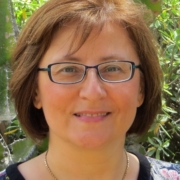
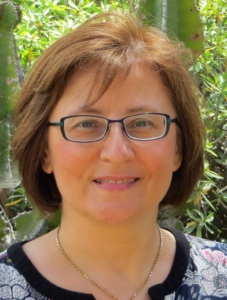 Sanja’s book, which will publish in September 2019, tells the story of the Bosnian War through the lens of Sanja’s own family. Having grown up in Bosnia, Sanja was in California on her honeymoon when war broke out in her homeland in 1992. As the country of Yugoslavia broke up, Sanja and her husband, Djeno, found themselves stateless refugees, worried about their family and loved ones who were suffering thousands of miles away.
Sanja’s book, which will publish in September 2019, tells the story of the Bosnian War through the lens of Sanja’s own family. Having grown up in Bosnia, Sanja was in California on her honeymoon when war broke out in her homeland in 1992. As the country of Yugoslavia broke up, Sanja and her husband, Djeno, found themselves stateless refugees, worried about their family and loved ones who were suffering thousands of miles away.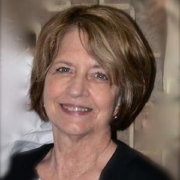
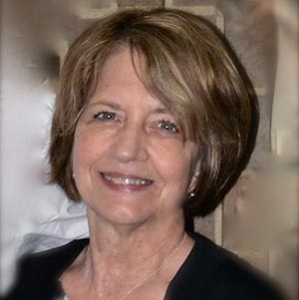 She’d lost her son Shawn to a tragic accident, endured a divorce from her college sweetheart, and now she was trying—again—to track down Laura, the beloved daughter she had adopted from Korea and who was in flight mode brought on by bipolar disorder.
She’d lost her son Shawn to a tragic accident, endured a divorce from her college sweetheart, and now she was trying—again—to track down Laura, the beloved daughter she had adopted from Korea and who was in flight mode brought on by bipolar disorder.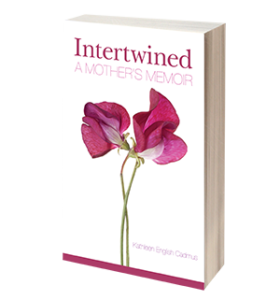 I started out a few years ago wanting to write about my son Shawn’s life and sudden death. I felt there was something there that might help other parents who had lost a child. My daughter, Laura, and I enrolled in two online writing classes at our community college. This led to my enrolling in graduate school and earning my MFA in creative writing five years later. As I became braver and bolder in my writing, and with the help of my writing mentors, I came to understand that Shawn’s life was the backstory to my unique mother-daughter journey. It was the writing and reflecting that made me realize my journey could help others. Writing inspired me to want to share my story.
I started out a few years ago wanting to write about my son Shawn’s life and sudden death. I felt there was something there that might help other parents who had lost a child. My daughter, Laura, and I enrolled in two online writing classes at our community college. This led to my enrolling in graduate school and earning my MFA in creative writing five years later. As I became braver and bolder in my writing, and with the help of my writing mentors, I came to understand that Shawn’s life was the backstory to my unique mother-daughter journey. It was the writing and reflecting that made me realize my journey could help others. Writing inspired me to want to share my story.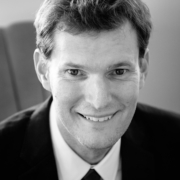
 KiCam Projects is delighted to welcome Peter Bowling Anderson to our family of authors!
KiCam Projects is delighted to welcome Peter Bowling Anderson to our family of authors!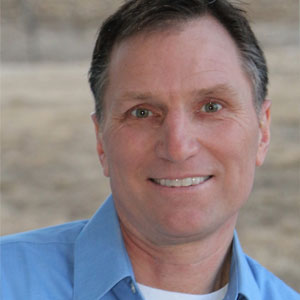 Dr. Scot Hodkiewicz is a veterinarian who lives in Lake Geneva, Wisconsin, with his wife, three children, and a menagerie of animals. He never intended to be a writer until he
Dr. Scot Hodkiewicz is a veterinarian who lives in Lake Geneva, Wisconsin, with his wife, three children, and a menagerie of animals. He never intended to be a writer until he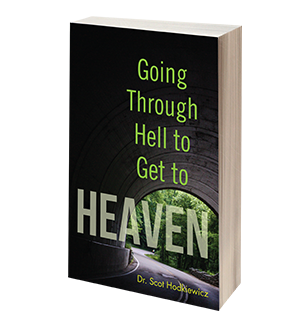 How did reliving your most painful experiences—a near-fatal car crash, the ensuing recovery, your addiction to pain pills—affect you? Did it feel therapeutic, or was it harder than you anticipated?
How did reliving your most painful experiences—a near-fatal car crash, the ensuing recovery, your addiction to pain pills—affect you? Did it feel therapeutic, or was it harder than you anticipated? We’re delighted to welcome author Kathleen English Cadmus to the KiCam family!
We’re delighted to welcome author Kathleen English Cadmus to the KiCam family!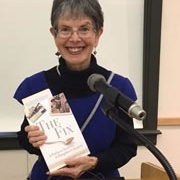
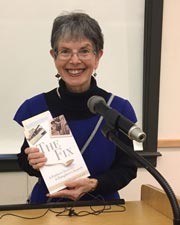 Sharon Leder, author of
Sharon Leder, author of 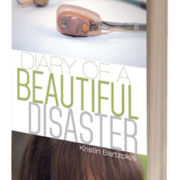
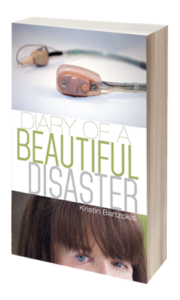 Kristin’s memoir,
Kristin’s memoir, 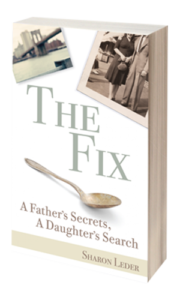 Sharon is a finalist in the category of Best New Voice, Fiction for her novel
Sharon is a finalist in the category of Best New Voice, Fiction for her novel 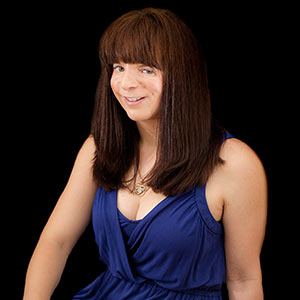 Kristin Bartzokis is an extraordinary woman. Born with Treacher Collins syndrome, a craniofacial abnormality, Kristin experienced a childhood marked by surgeries and medical procedures, all while she became a champion gymnast. As an adult, Kristin has proudly accepted the challenge to stand out.
Kristin Bartzokis is an extraordinary woman. Born with Treacher Collins syndrome, a craniofacial abnormality, Kristin experienced a childhood marked by surgeries and medical procedures, all while she became a champion gymnast. As an adult, Kristin has proudly accepted the challenge to stand out. I think an extraordinary woman is someone who isn’t afraid to be herself. She knows who she is and doesn’t forget where she came from, whether good or bad. She has the courage to face her adversity and the strength to prevail when times get tough. She won’t wait around for someone else to make her future brighter; she takes the measures to make it happen herself. An extraordinary woman isn’t flawless; she might falter and make mistakes, but she has the determination to bounce back from those mistakes and learn from them in the process. She is a woman with heart and gumption, and she sees no limitations to her life.
I think an extraordinary woman is someone who isn’t afraid to be herself. She knows who she is and doesn’t forget where she came from, whether good or bad. She has the courage to face her adversity and the strength to prevail when times get tough. She won’t wait around for someone else to make her future brighter; she takes the measures to make it happen herself. An extraordinary woman isn’t flawless; she might falter and make mistakes, but she has the determination to bounce back from those mistakes and learn from them in the process. She is a woman with heart and gumption, and she sees no limitations to her life.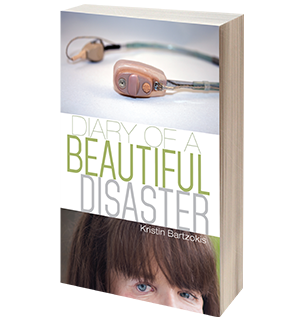 “Choose Strong” is actually my motto. Having been born with a craniofacial syndrome known as Treacher Collins, I endured numerous reconstructive surgeries throughout my life. I decided at a very young age that I wouldn’t let those surgeries break me. I focused on the positive things in my life rather than the negative. I realized that I could control my reactions to negative variables, and to me that meant summoning my mental fortitude even when I was in pain or in fear. Choosing to be strong helped me realize that I could face my obstacles head on and succeed. And that was a game changer, because it ended up being what people came to admire most about me.
“Choose Strong” is actually my motto. Having been born with a craniofacial syndrome known as Treacher Collins, I endured numerous reconstructive surgeries throughout my life. I decided at a very young age that I wouldn’t let those surgeries break me. I focused on the positive things in my life rather than the negative. I realized that I could control my reactions to negative variables, and to me that meant summoning my mental fortitude even when I was in pain or in fear. Choosing to be strong helped me realize that I could face my obstacles head on and succeed. And that was a game changer, because it ended up being what people came to admire most about me.